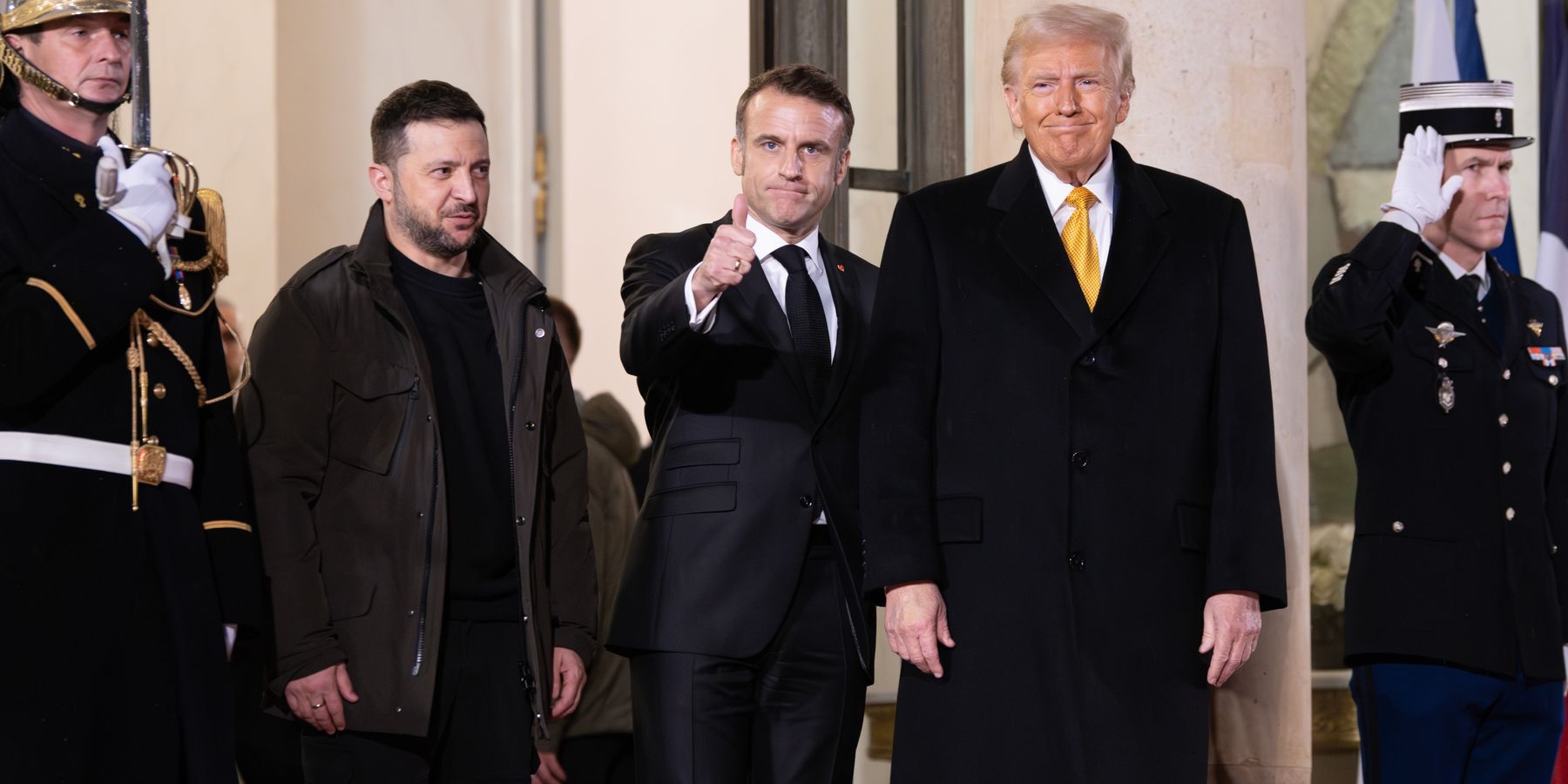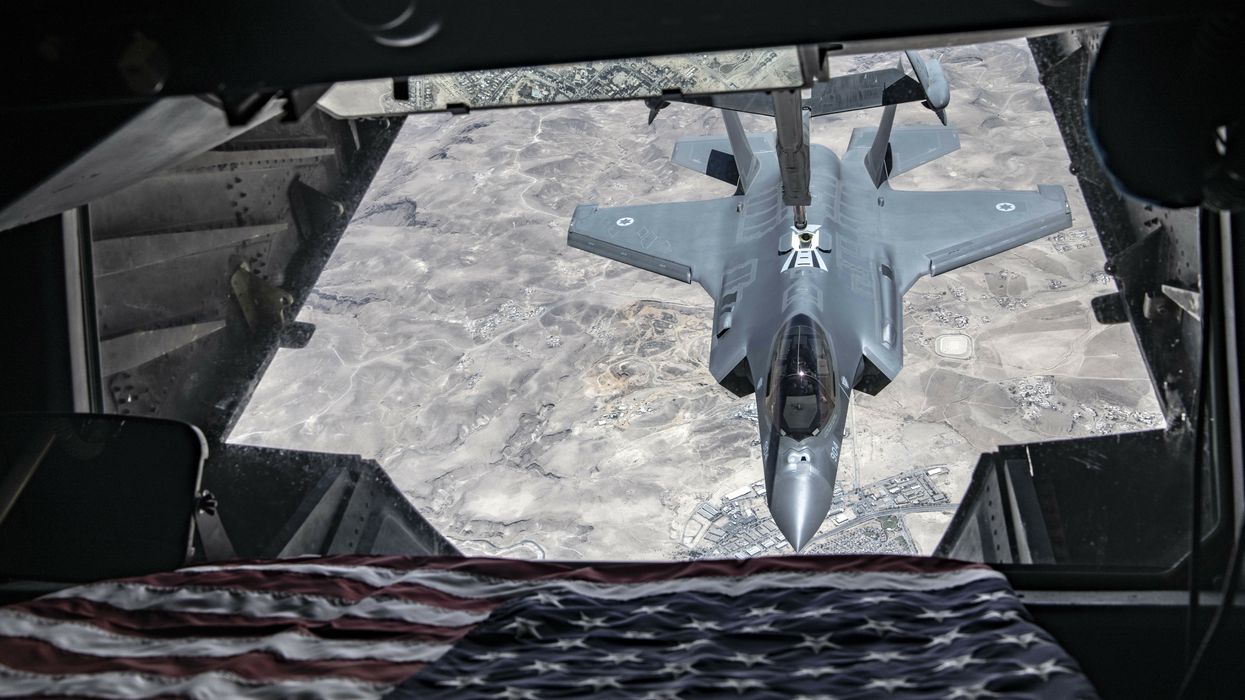This article is co-published with The American Conservative
If the Trump administration truly makes good on its threats to walk away from its efforts to settle the war in Ukraine, the situation is very likely to get worse for all parties to the conflict, including for the United States. Potentially far worse.
This would most obviously be true for Ukraine if President Donald Trump’s diplomatic disengagement were paired with a cutoff of military and intelligence assistance. Ukraine is highly dependent on American intelligence data and on the U.S.-provided Starlink satellite network to target and coordinate attacks on Russian forces.
Without this support, few of Ukraine’s precision-guided weapons would function effectively, and Ukrainian communications would be far more vulnerable to Russian jamming, disruption, and interception.
Kyiv could still elect to fight on under such difficult conditions, but its battlefield fortunes would greatly suffer. Coupled with Ukraine’s ongoing manpower challenges and with the dwindling number of U.S. Patriot air defense systems to protect against large-scale Russian missile attacks, the blow to Ukrainian morale might prove decisive. Trump is correct that the Biden administration deserves considerable blame for failing to prevent the war in the first place, but in the ensuing controversy over who lost Ukraine, many would be quick to point fingers at Trump.
In fact, absent a compromise settlement of the war, Trump has no clear way of avoiding that blame, justified or not. Doubling down on Biden’s sanctions strategy by toughening enforcement or imposing secondary sanctions on Russia’s trading partners stands little chance of forcing the Kremlin’s capitulation to American demands for an unconditional ceasefire, but it very likely would roil American relations with India, Turkey, and others while undoing recent hard-won progress in Trump’s trade negotiations with China.
Opting to sustain or even increase current levels of U.S. military and intelligence aid to Ukraine would delay defeat, but not prevent it. Many point to the slow pace of Russia’s advance along the front line as a sign that Ukraine can sustain a stalemate with sufficient Western political will. But gauging Ukraine’s fortunes by tracking Russia’s progress on the map is misleading. In a war of attrition, progress is measured not by battlefield breakthroughs, but by how many well-trained and well-equipped troops each side can put in the field.
By this metric, Ukraine is in big trouble. Russia’s defense industry is greatly outproducing U.S. and European military factories in such critical munitions as artillery shells, and it is assembling attack missiles at a faster rate than the West can produce air defense missiles. At least a million Ukrainians have been killed or wounded on the battlefield; many millions more have fled the fighting for Europe, Russia, and beyond.
Although Russia has also suffered great casualties, it has five times Ukraine’s current population and has employed sound approaches to training and replenishing its forces. These trends point not to a long-term stalemate, but to a World War I-style Ukrainian implosion sooner or later, probably during Trump’s term in office.
Contrary to popular perceptions, however, a Ukrainian collapse would not be entirely good news for Russian President Vladimir Putin. Granted, Russia would be in a commanding battlefield position that would allow it to occupy all four of the Ukrainian regions it has officially annexed but not entirely conquered. And Moscow could reasonably expect that Ukrainian President Volodymyr Zelensky would not survive such a defeat politically, paving the way for regime change that Russia claims to want.
But that would very likely amount to a Pyrrhic victory.
Although Moscow can break Ukraine, it cannot fix it. Its territorial expanse is too vast and its war-stricken population too anti-Russian for military occupation beyond Ukraine’s east and south to be viable. Absent a compromise peace settlement, Ukraine’s societal repair and economic reconstruction would be difficult to imagine, as few refugees would return, and no one would invest hundreds of billions of dollars in projects that could be wiped out by Russian missile and bomb barrages in a matter of hours.
A physically and militarily broken Ukraine could very well become politically broken, too, leaving Putin with a failed neighbor, whose dysfunction would in turn radiate problems — such as crime, terrorism, ethnic unrest, and political extremism — that could pose threats to Russia itself.
For Putin, such an outcome would be preferable to a Ukraine that is a military ally of the United States and NATO, but failed peace efforts would still spell bad news for Russia’s efforts to address its broader security concerns with the West.
Absent new arms control and confidence-building measures — which will be almost impossible without a settlement in Ukraine — Europe’s rearmament would be constrained only by its own political will and industrial capacity, and such informal NATO sub-groupings as the Nordic-Baltic axis combine a high degree of military capacity with deeply held anti-Russian views. Even with a massive militarization of the Russian economy, using conventional forces to defend a border with NATO that has doubled in size since the Finns joined the alliance would be almost prohibitively costly for Moscow.
It would be only a short hop from that dilemma to new, more cost-effective deployments of Russian nuclear forces in the European theater, resurrecting the days of nuclear decapitation scenarios and hair-trigger warning times that ended when Ronald Reagan and Mikhail Gorbachev signed the now defunct Treaty on Intermediate-range Nuclear Forces in 1987.
Some in Washington might look indifferently at a re-nuclearized Europe that lacks the diplomatic safeguards that kept the Cold War cold but features a host of imaginable new East-West flashpoints in Belarus, Kaliningrad, Moldova, Georgia, and the Balkans. They might ask, why would this be America’s problem?
For starters, American fingers would still be holding the nuclear triggers on one side of that tense Russia-West divide. The United States is scheduled to deploy new intermediate-range missiles in Germany next year, and the political pressure to pair them with nuclear warheads will be enormous if Russia points new nuclear weapons at Europe. Trump officials have openly discussed drawing down US ground forces in Europe, but no one has suggested withdrawing America’s nuclear umbrella, because doing so would prompt Germany and other technically capable European states to develop their own nuclear weapons, which in turn would fuel proliferation in other regions and increase the odds these weapons would one day be used.
Moreover, this more volatile version of the Cold War in Europe would deepen Russian dependence on China, incentivize Russian mischief-making in the Middle East, and make Trump’s vision of stabilizing and counterbalancing relations among great and rising powers in an increasingly multipolar world considerably less attainable. Much of Washington is already opposed to Trump’s broader efforts to pursue détente with Russia; improved US-Russian relations will be well-nigh politically impossible absent a compromise settlement in Ukraine.
For obvious reasons, Trump does not want this. For less obvious ones, neither does Putin. And neither of them has a good way to avoid this mutually troubling future without a negotiated end to the war.
The path to that compromise will not begin with an unconditional ceasefire, however. Having been burned before by perceived American deception over NATO expansion and European double-dealing over the Minsk 2 accord in Ukraine, Putin will not agree to a ceasefire (which would ease military pressure on Ukraine and undermine Russian negotiating leverage) until he gets strong assurances that the United States is addressing his key security concerns.
Ukraine and Europe lack both the desire and the capability to bargain with Russia over these issues. Only Trump can deliver the kind of deal that can secure Ukraine, stabilize Europe, and still address Russia’s core concerns.
To test Russia’s interest in peace, Trump’s negotiators should press Moscow directly to agree to a settlement framework that codifies the key geopolitical compromise — Western assurance that Ukraine will not join NATO in return for Russia’s support for Ukraine’s EU membership — and establishes a roadmap for resolving the range of complicated issues required for a stable peace.
The sooner we begin the hard negotiations over these core issues, the better. They will not get easier to resolve if the Trump team steps away from the table.
- Why a temporary ceasefire in Ukraine is pointless ›
- Will Trump step away from the Ukraine-Russia peace process? ›
- Fresh Ukraine, Russia demands show no interest for actual peace | Responsible Statecraft ›
- Diplomacy Watch: Brussels is back — with more Russian sanctions | Responsible Statecraft ›
- Europe's risky war on Russia's 'shadow fleet' | Responsible Statecraft ›
- Diplomacy Watch: Did Israel’s war on Iran help Russia? | Responsible Statecraft ›
















